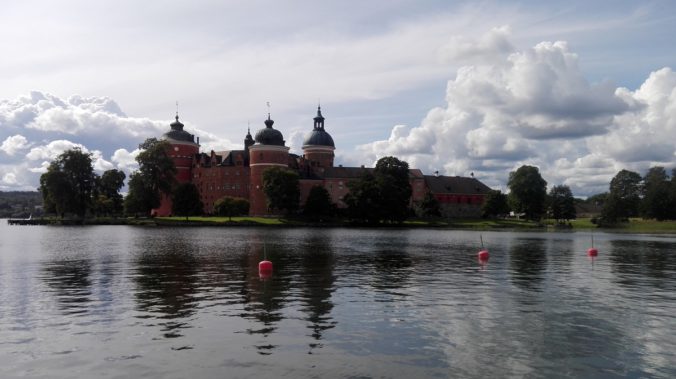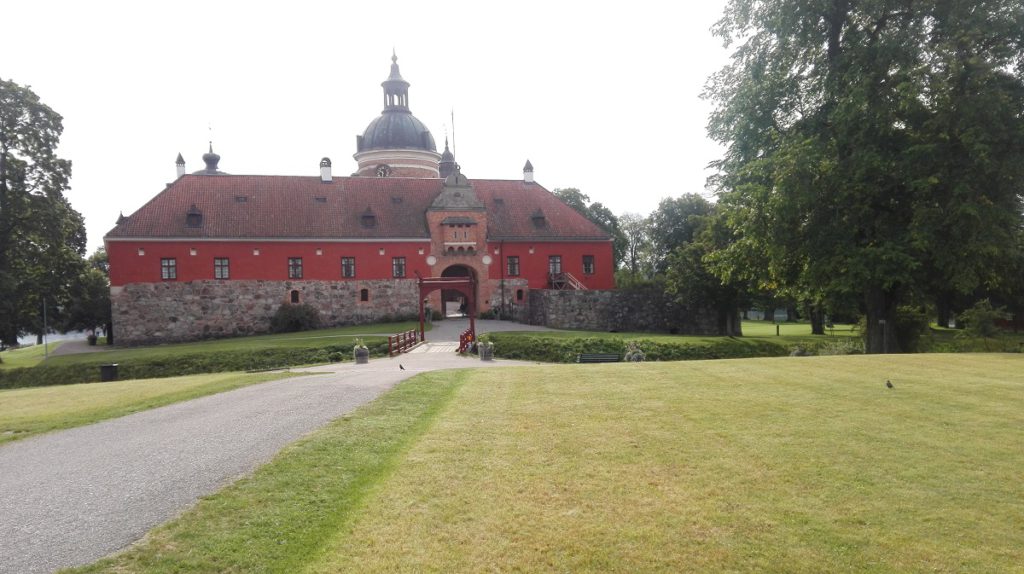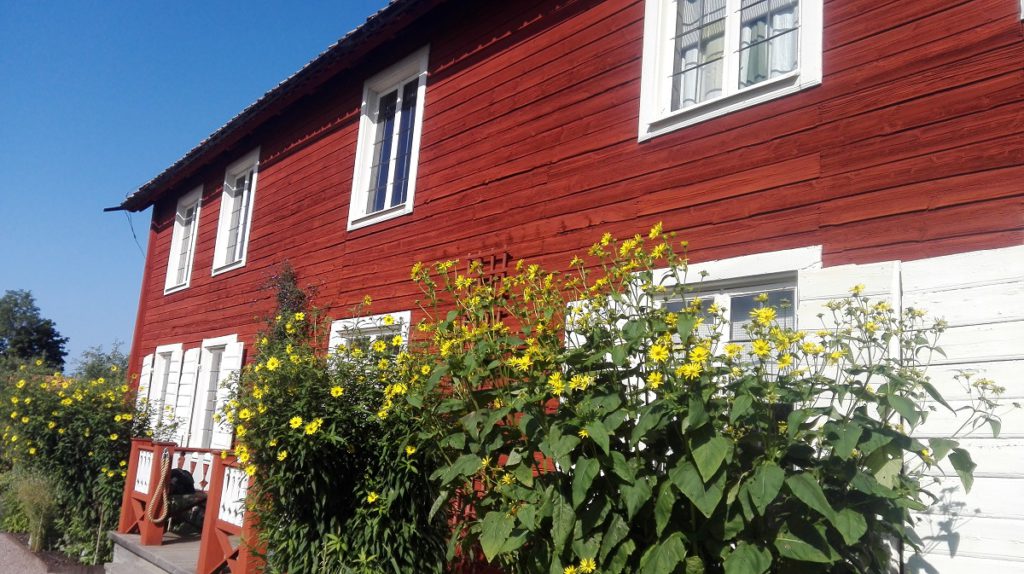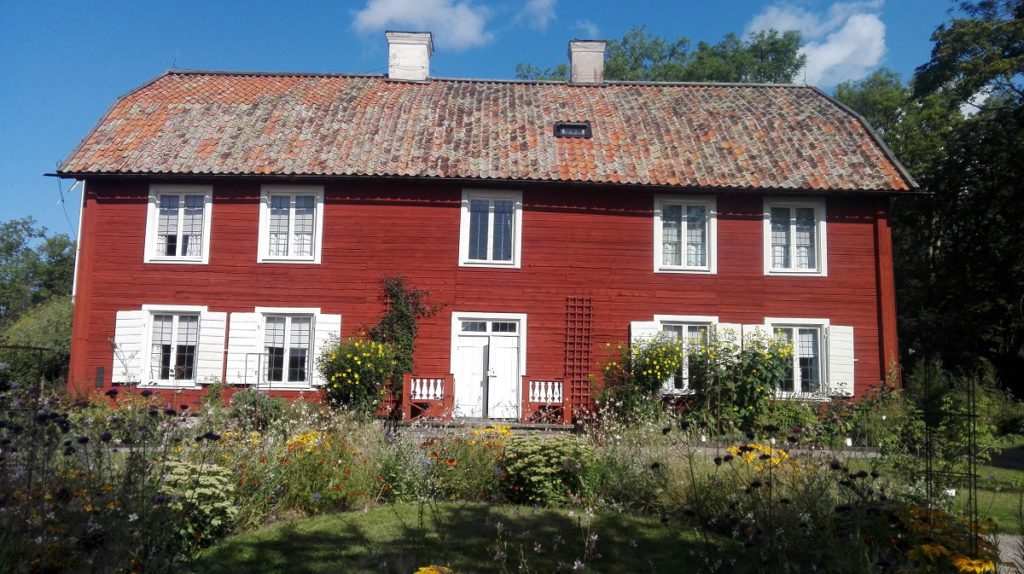A day in Gripsholm Castle.
Gripsholm Castle, is located in Mariefred, Sodermanland, not very far away from Uppsala, in front of the castle you can find a lake called Malaren, just about 60 kms west of Stockholm. Since the King Gustav Vasa, Gripsholm has belonged to the Swedish Royal Family, and it was used as one of its residences until 18th-century. Today is now a museum, but its still at disposal of the Royal Family.
Here are some fun facts:
- This was a Carthusian convent for almost thirty years until it was confiscated by the King Gustav I during the Swedish Reformation.
- The king Gustav tore it down, and built a fortified castle for defensive purposes.
- The castle was constructed between 1537 and 1545, and often serve as the residence of the royal court.
- Sigismund, later king of Sweden was born in here in 1566.
- This place is known as the widows castle, because it served as home for all the widows of the crown.
- For a short period it was used as a prison in the 18th-century.
- Gustav III spent several months in this castle every year.
- It has a theater inside, where the king Gustav III and his friends performed.
- Gustav IV Adolf, sign his abdication in this castle.
- The museum includes a baldy stuffed lion which has become in most famous one in the recent years, I am sure you all have seen him.
A day in Linnaeus’ Hammarby.
‘Omnia mirari etiam tritissima’, which translates to ‘Find wonder in everything, even the most commonplace’. Linnaeus.
Most of you might not recognize the name of “Linnaeus” or more properly the name of “Carl Linnaeus”. He was a Swedish botanist, physician and zoologist who laid the foundations for the modern biological naming scheme of binomial nomenclature, among other things.
Here are some fun facts that I learned of him when I visited his summer house in the small estate of Hammarby in Uppsala:
- He was the eldest of five children.
- His father was a Lutheran minister.
- He entered the University of Lund after a year of studies he was transferred to Uppsala University.
- He was the first to name the humans as “homo sapiens”.
- He is known as the father of modern taxonomy and ecology.
- He could host as much as 300 students from all over Europe and the world in the garden of his summer house.
- He lived in Netherlands for three years.
- The Swedish King Adolf Fredrik made Linnaeus a noble in 1757.
- At the time of his death, he was one of the most acclaimed scientists in Europe.
- He died on January 1778 and was buried in Uppsala Cathedral.






Interesting facts about Linnaeus…’Homo Sapien’ is one of my favourite phrases…lol! I imagine it would have been fun being among the ‘300’. Good write up Pollo